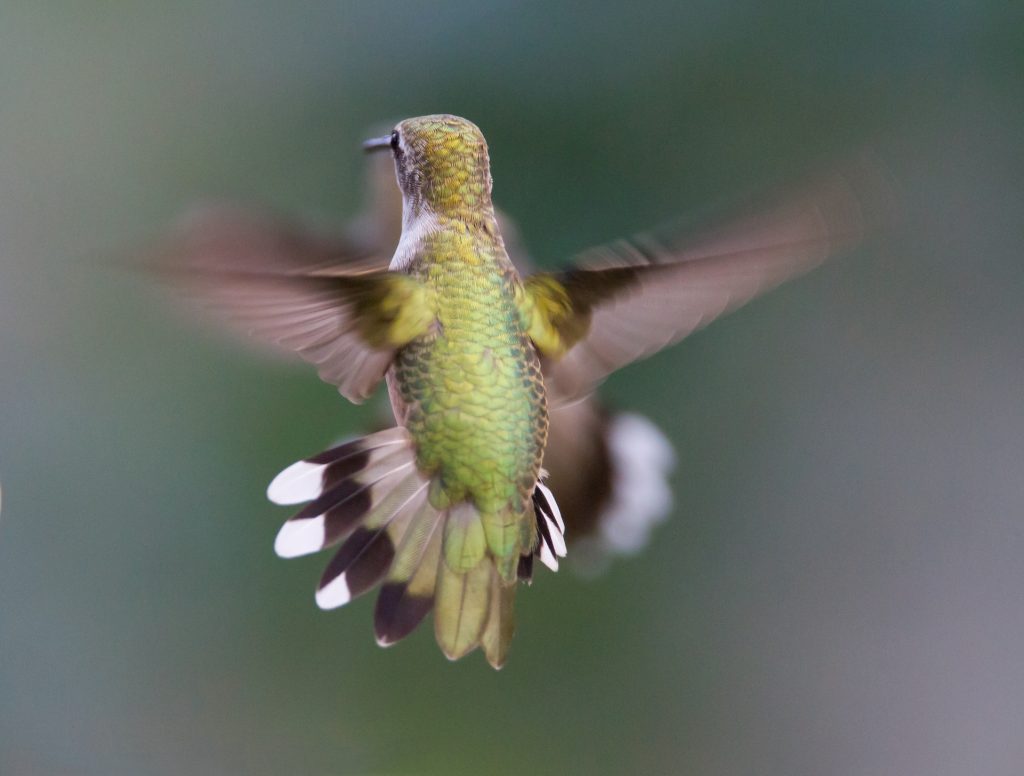Together, We Succeed.
Online Bird Discussion Board Added to General Biology Course

The Biology Department at Saint Vincent College has eight full-time faculty members (a ninth member will join us next fall). Most of us teach at least one section of General Biology, a two-course series of introductory biology. I teach General Biology I each fall, and topics include metabolism, cellular biology, animal physiology, and a bit of taxonomy.
You will note that in this list of topics, there is no mention of birds. That is okay. One might consider ornithology a specialized topic, and General Biology is the place for “general” things; However, the existing curriculum does include at least two direct references to birds: we teach students about the significant specializations birds have in their respiratory system in comparison to other animals, and we also mention in passing that bird hearts are of the same structure as mammalian ones. Otherwise, in a normal year, we do not mention birds much at all. In a normal year, then, my students might say they did not learn much about birds. Though, in reality, the students did learn a lot about birds. This is because when we teach the students how cells harvest energy from glucose, we are teaching them how all cells do this, including the cells in a bird. When we teach the students how enzymes work, or how hormones flow, or what blood cells do, we are teaching them about birds because all these things work the same way, regardless of the animal being considered.
The General Biology I course is a challenge for most students because the subject matter is incredibly detailed, the course is fast-paced, and most significantly, the students are often in their first semester of college and have a lot of personal and academic adjustments — and that is in a normal year. Meanwhile, our students’ education has been significantly impacted by the pandemic. With all of this, the faculty decided that it was necessary to offer some extra credit assignments in the course. I want to emphasize that this is significant. In my 15 years at the college, this is the first time we have offered more than a couple points of extra credit to our General Biology students. I have mixed emotions about extra credit; but with the tough decision made to offer it, I had to decide what form the extra credit would take. With the crack of some knuckles and a scheming smile, I thought of something that only an ornithologist would think of. I nodded to myself and said to no one in particular, “Yes, this is going to be good.”
I talked to my class on October 20, 2021: “You may have heard that in other sections of General Biology, the instructors are offering an opportunity to earn extra credit points. To give all students this opportunity, I have decided to start an online discussion board where students will be awarded points for writing posts on birds. But not just any bird-related posts are allowed. Your aim will be to take the current class material and relate it to birds.” And so, it began — for the next seven weeks, my 28 students wrote 99 posts about birds.
The first student post was submitted 63 minutes after I opened the assignment. It was a well-researched paragraph on how birds adjust their body temperature downward at night to save energy. This related directly back to the class material on homeostasis. Three hours later, another student chimed in on the same topic, but this time she talked about how birds use feathers and body fat to insulate against the cold. A third student took this idea and expanded it, explaining how preen oil from a duck’s uropygial gland is spread on the feathers to improve how they interlock so that chilly water does not find its way under the feathers to the skin surface. A few days later, I had moved on in my class from homeostasis to the topic of motor and sensory pathways in the nervous system. Student posts then reported on how birds’ brain structures are different than ours and how their modes of sensory perception are also different.
The posts continued through the rest of the semester. Students talked about the protein structure of feathers, bird salivary glands, the bird stress hormone corticosterone, muscle fibers in the avian pectoralis, the surprisingly small lung volume of birds in relation to their size, gas exchange across egg membranes, counter-current heat exchangers in bird legs, the unbelievably high number of heart beats per minute in a hummingbird, and much more.
The assignment was for the students. They were incredibly successful in applying class material to a topic (birds) that was likely unfamiliar to them. That is exactly the kind of skill that students need to grow into and adapt to their future careers, no matter what path they choose to follow. I would do this assignment again “in a heartbeat,” as the saying goes. Or better yet, in a hummingbird’s heartbeat.
This article is written by Dr. Jim Kellam, Associate Professor of Biology at Saint Vincent College.
Endnote
Photo Attribution: By Dan Pancamo – originally posted to Flickr as Hummingbird aerodynamics, CC BY-SA 2.0, https://commons.wikimedia.org/w/index.php?curid=12188017

